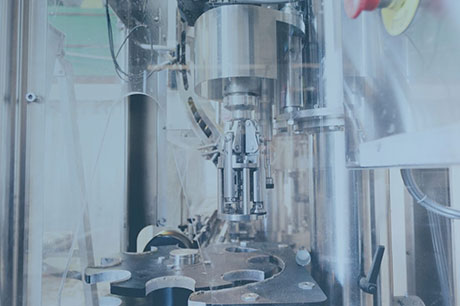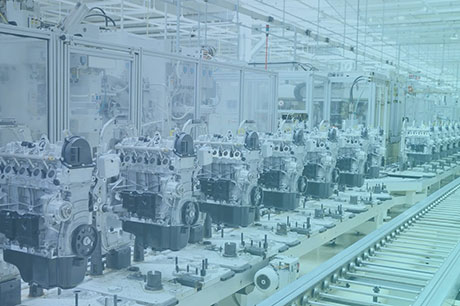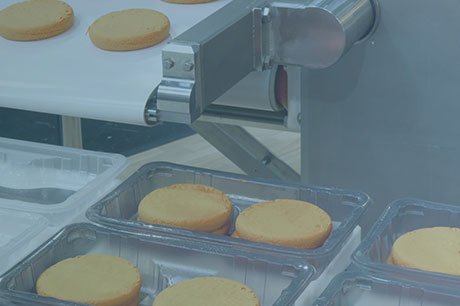EN AW-5083
the standard
in the alloy 5083
Medium-strength rolled plate
Alloy: EN AW-5083 (AlMg4,5Mn0,7 – 3.3547)
Type of alloy: non heat treatable
Temper: H111
Surface: mill-finished or brush-finished
- good anodising capability
- very good corrosion resistance
- very good weldability
- good machinability
Medium-strength rolled plate EN AW-5083 (AlMg4.5Mn0.7) is used almost universally in almost all areas of the capital goods industry because of its many beneficial properties. Under certain loads and temperatures >70 ° C, there is a risk of stress corrosion cracking (SCC).
Applications

Electronics
In many cases, components are not only technically anodised in electronics, they must also meet optical requirements. Rolled plate EN AW-5083 can meet many of these standards.

Mechanical engineering
For low- to medium-loaded base and support plates, rolled plates made of EN AW-5083 are frequently used.

Device construction
The good weldability of EN AW-5083 means that this material can be used in a variety of welded structures.

Food industry
Rolled plates made of EN AW-5083 are safe in contact with food in accordance with EN 602:2004. For this reason, this material is used in a variety of applications in industrial plants of the food industry.
Expert tip
The tolerances for thickness and flatness are very wide in rolled plates. For example, a 20 mm thick plate has a thickness tolerance of ± 0.7 mm. The flatness is specified as a percentage and is calculated longitudinally (always in the rolling direction!) and in width (always transverse to the rolling direction!). A 20 mm thick slab in format 1,520 x 3,020 mm may vary by 0.2% = 6.04 mm and 6.08 mm in width from the flatness.
In comparison, G.AL® C250 in 20 mm thickness: thickness tolerance: ± 0.1 mm, flatness: 0.13 mm.
